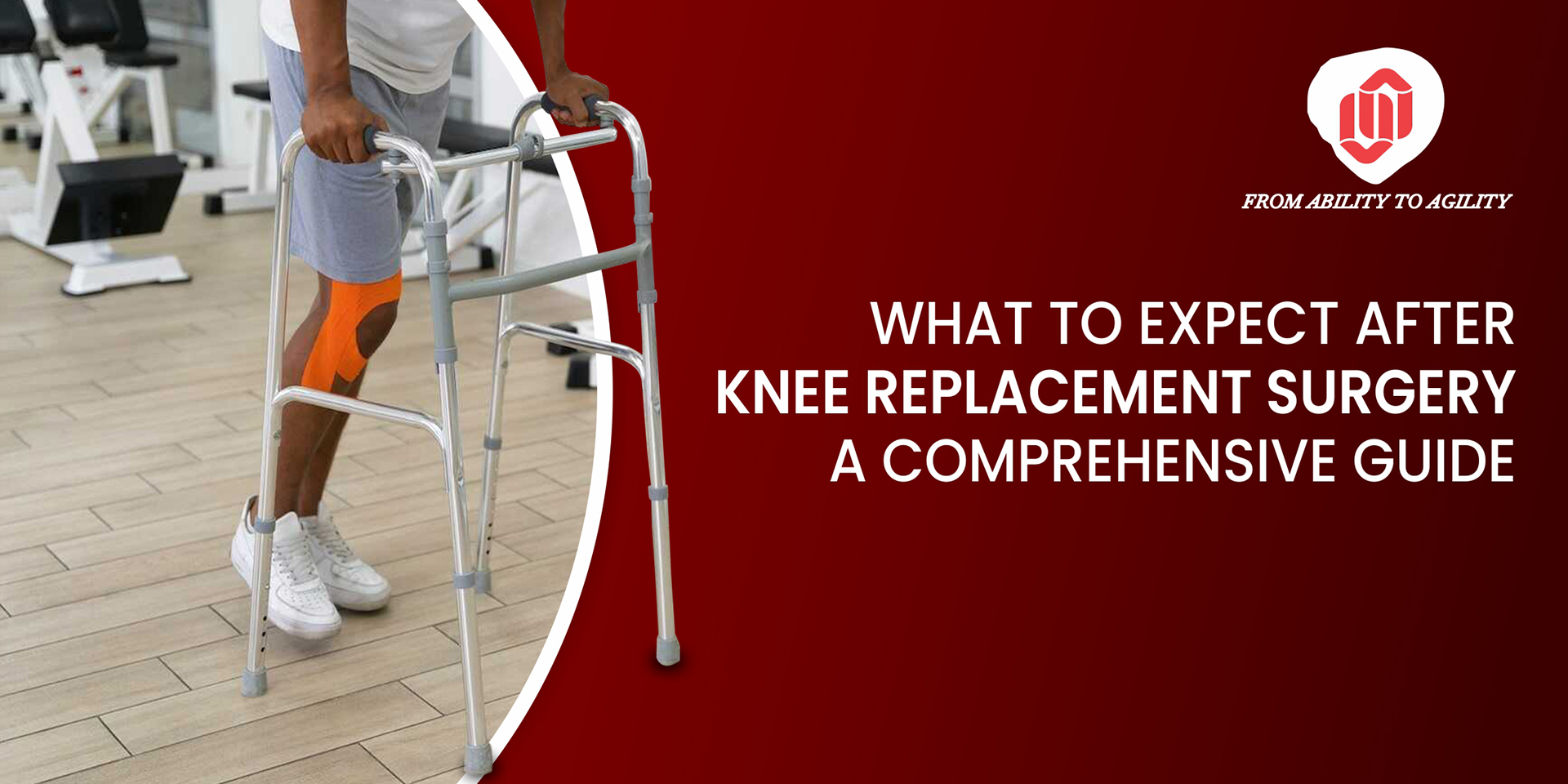Knee replacement surgery, also known as knee arthroplasty, is a common procedure for individuals suffering from severe knee pain, reduced mobility, or joint damage. While the prospect of a pain-free, more mobile future is promising, it’s crucial to be well-prepared for the recovery journey after the surgery. In this blog, we’ll walk you through what to expect after knee replacement surgery, helping you navigate the road to a better, more active life.
The Initial Days: Hospital Stay
Immediately after knee replacement surgery, you’ll spend a few days in the hospital. During this time, expect:
- You’ll receive pain medication to keep discomfort under control. The medical team will monitor your pain levels and adjust the medication accordingly.
- A physical therapist will work with you to regain knee mobility. You’ll start with gentle exercises and gradually progress to more challenging ones.
- The surgical wound will require dressing changes, and it’s vital to keep it clean and infection-free.
- You’ll be encouraged to walk with the help of crutches or a walker. Early mobility is essential for preventing blood clots and regaining strength.
Rehabilitation at Home: Upon discharge, your recovery continues at home. Here’s what you can expect:
- Continue taking prescribed pain medication as directed. Gradually, you’ll reduce the dosage under your doctor’s guidance.
- You’ll be given a set of exercises to perform daily. These exercises are crucial for regaining strength, flexibility, and range of motion in your new knee.
- Expect some swelling and bruising, which will gradually subside over the following weeks. Elevating your leg and applying ice can help.
- You may need crutches, a cane, or a walker for some time. Follow your physical therapist’s advice on when to transition to less support.
3-6 Weeks Post-Surgery: Steady Progress
- As you approach the 3 to 6-week mark, you’ll see significant improvements:
- Pain levels will decrease, and you might be able to reduce your pain medication.
- You’ll notice an increase in your range of motion and a decrease in stiffness.
- Daily tasks become more manageable, and you’ll rely less on assistance.
- Continue with your home exercises and attend physical therapy sessions.
Long-Term Recovery: Months 3-6
Between months 3 and 6, your knee will continue to heal and strengthen:
- Most patients experience significant pain reduction and can enjoy a wider range of activities.
- You can typically resume low-impact activities like swimming and cycling, although high-impact sports may need more time.
- Continue to see your surgeon for regular check-ups to monitor your progress.
Conclusion
Knee replacement surgery is a life-changing procedure that can significantly improve your quality of life. However, it’s essential to understand that recovery is a gradual process that takes time, patience, and effort. Be diligent with your exercises, adhere to your doctor’s recommendations, and stay positive. With time, you’ll find yourself returning to an active, pain-free lifestyle, and your knee will feel better than ever before. Always consult your healthcare provider for personalized guidance and to address any concerns during your recovery journey.
Additionally, consider the following key takeaways:
Recovery after knee replacement surgery progresses through different stages. In the first hour, pain is typically mild to moderate and manageable with medication. By one week, you should regain independence for activities like stair negotiation and outdoor walking. At three months, you’ll have full range of motion, be able to walk unassisted, and potentially return to work. In one year, you’ll achieve full recovery, with some possible lingering discomfort and numbness.
To expedite healing, follow your physician’s recommendations, engage in regular walking, maintain a balanced diet, get sufficient rest, perform prescribed exercises, avoid scheduling other medical procedures during recovery, and minimize unnecessary stress on your knee.
